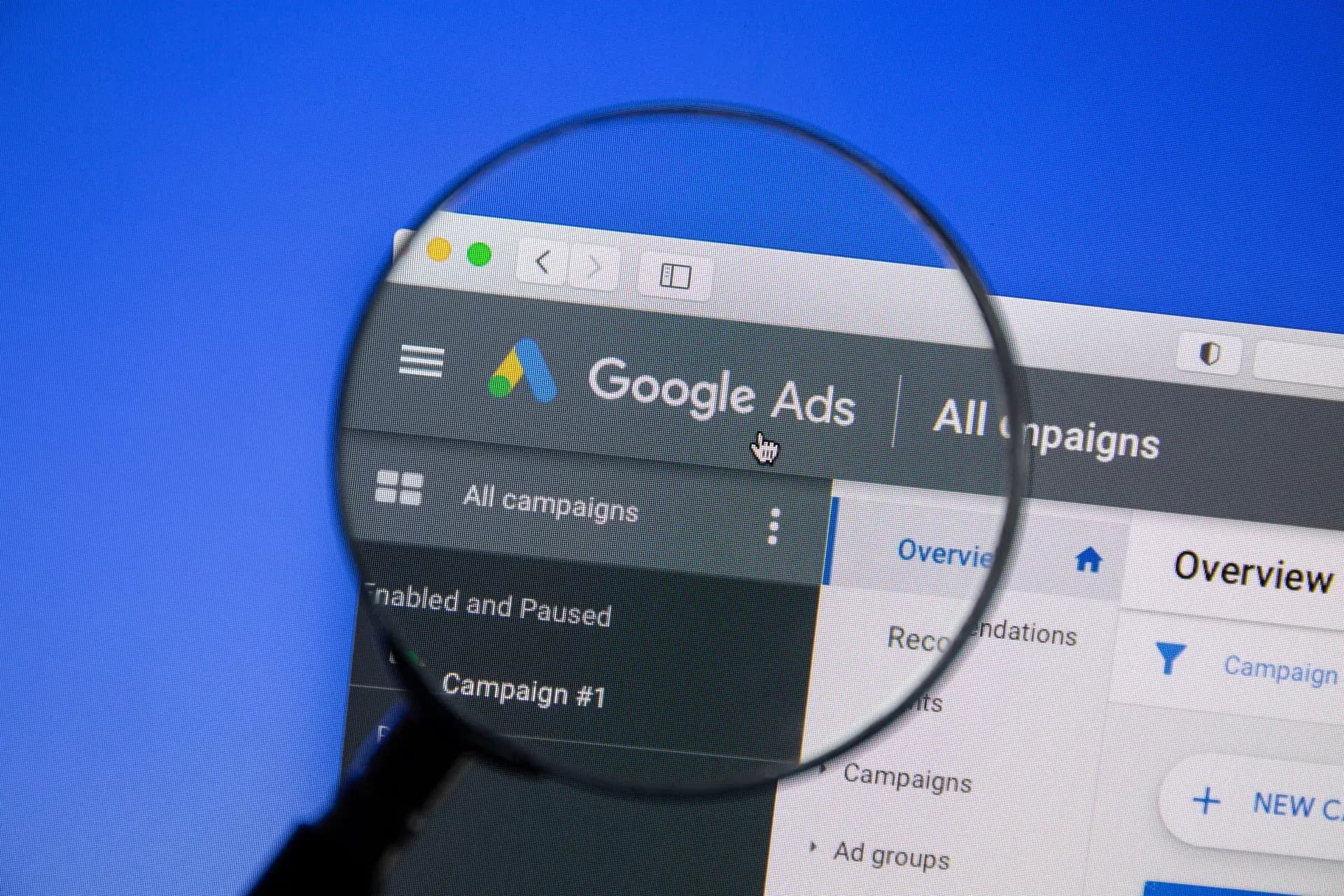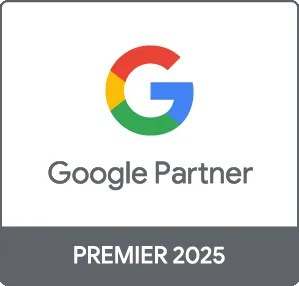Google Ads can be a powerful tool for businesses looking to increase their visibility online. However, running a successful Google Ads campaign requires strategic planning, ongoing optimization, and an understanding of best practices. In this article, we'll uncover effective Google Ads advertising tips to help you maximize your return on investment (ROI) and reach your target audience effectively.
Understanding Your Goals
Before diving into Google Ads, it’s essential to define your campaign goals. Consider what you want to achieve:
- Brand Awareness: If visibility is your goal, focus on maximizing impressions and reaching a broader audience.
- Lead Generation: Target potential customers with compelling ads that encourage them to submit their information.
- Sales Conversion: Drive direct sales by using targeted keywords and optimized landing pages.
1. Conduct Thorough Keyword Research
Keywords are the foundation of your Google Ads campaigns. Use tools like Google Keyword Planner to identify high-traffic, relevant keywords. Focus on:
- Long-Tail Keywords: These are specific phrases that may have lower search volume but typically result in higher conversion rates.
- Negative Keywords: Implement negative keywords to prevent your ads from showing on irrelevant searches, reducing wasted ad spend.
2. Create Compelling Ad Copy
Your ad copy needs to grab attention and encourage clicks. Here are some best practices:
- Use Strong Calls-to-Action (CTAs): Phrases like “Shop Now,” “Learn More,” or “Get a Free Quote” can motivate users to take action.
- Highlight Unique Selling Points: What makes your product or service stand out? Emphasize these features in your ad copy.
- Utilize Ad Extensions: Implement sitelink, callout, and structured snippet extensions to provide more information and increase ad visibility.
3. Optimize Landing Pages
The landing page is where users will arrive after clicking your ad. Ensure it aligns with your ad content and provides a seamless experience:
- Relevance: The landing page should reflect the promise made in your ad.
- Speed and Mobile-Friendliness: Optimize your pages for quick loading times and ensure they are mobile-responsive.
- Clear Conversion Path: Make it easy for users to understand what action to take next, whether it's filling out a form or making a purchase.
4. Monitor and Adjust Your Campaigns
Regularly review your ad performance metrics to identify what’s working and what isn’t. Key metrics to track include:
- Click-Through Rate (CTR): A high CTR indicates your ads are relevant to users. If it's low, consider adjusting your ad copy or keywords.
- Conversion Rate: Monitor how many clicks lead to desired user actions. Optimize landing pages to improve these rates.
- CPC (Cost Per Click): Evaluate your spending. If your CPC is high, reassess your bidding strategy or keywords.
Conclusion
Implementing these Google Ads advertising tips can significantly enhance your campaign performance. From keyword research to ad copy optimization and vigilant monitoring, every step contributes to a more effective Google Ads strategy. If you’re looking for expert assistance to navigate Google Ads, Prebo Digital is here to help you optimize your campaigns for better results. Contact us today!





